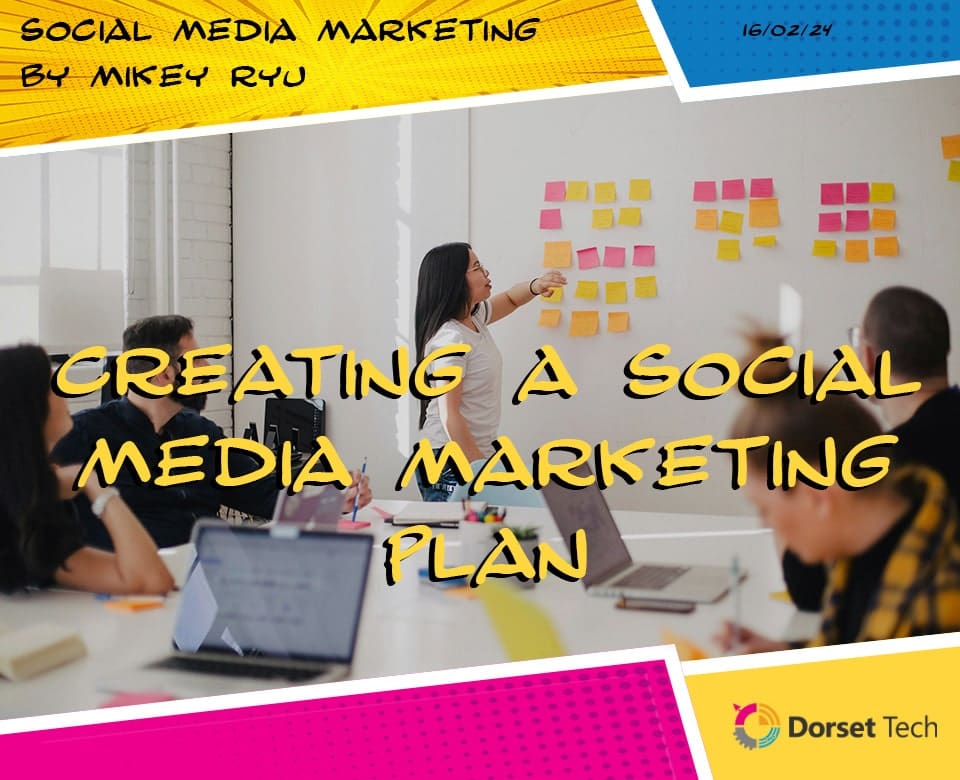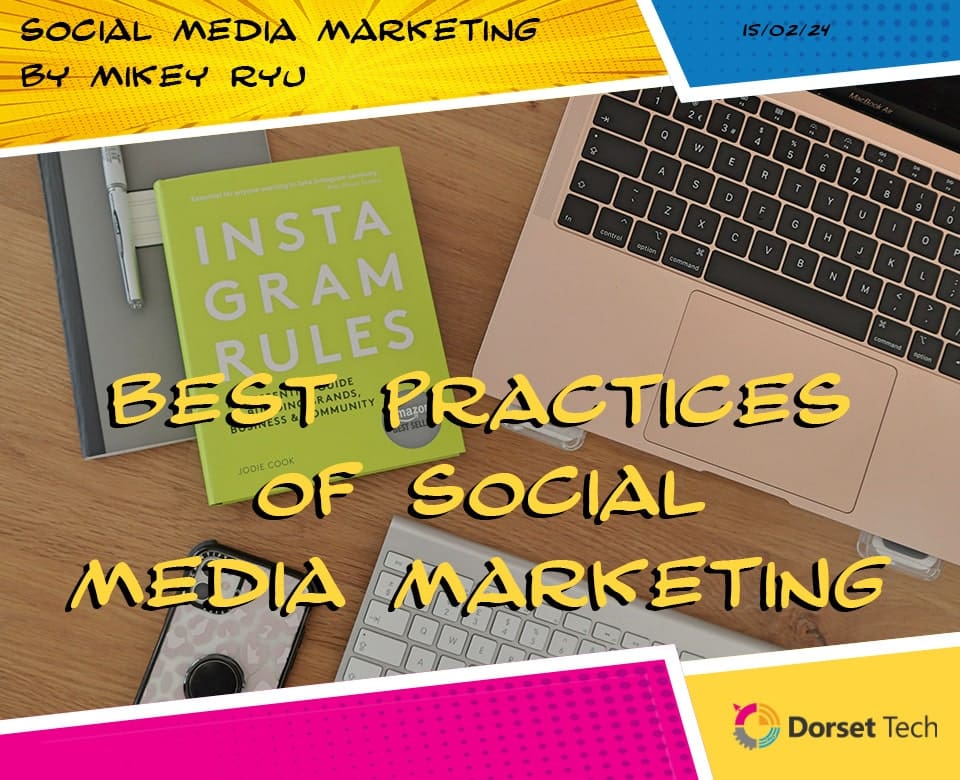
Using Social Media to Sell Your Story
Understanding Social Media:
Social media encompasses a myriad of online platforms designed to facilitate social interaction, content sharing, and networking. From Facebook and Instagram to Twitter and LinkedIn, these platforms serve as virtual communities where individuals and businesses alike converge to engage with one another. Understanding the nuances of each platform is crucial for crafting tailored strategies that resonate with your target audience.
The Mainstream Social Media Platforms:
Facebook:
With over 2 billion monthly active users, Facebook remains the largest social media platform globally. Its diverse range of features, including pages, groups, and ads, makes it a versatile tool for businesses to engage with their audience and build brand awareness.
Instagram:
Focused on visual content, Instagram boasts more than 1 billion monthly active users. Businesses leverage its photo and video sharing capabilities, as well as features like Stories and IGTV, to showcase their products/services and connect with potential customers in an authentic way.
Twitter/X:
Known for its real-time nature and character limit, Twitter has become a hub for news, trends, and conversations. By participating in relevant discussions, sharing industry insights, and providing customer support, businesses can establish themselves as thought leaders and foster meaningful connections with their audience.
LinkedIn:
Positioned as the professional networking platform, LinkedIn caters primarily to B2B interactions and career-related content. Businesses utilise its company pages, publishing platform, and advertising options to showcase their expertise, attract talent, and forge valuable partnerships within their industry.
The Benefits of Social Media:
Enhanced Visibility:
Social media provides a platform for businesses to amplify their reach and visibility beyond traditional marketing channels. By leveraging features like hashtags, tagging, and sharing, you can expand your audience and attract potential customers who may not have discovered your brand otherwise.
Audience Engagement:
Unlike traditional advertising, social media enables two-way communication between businesses and their audience. By fostering engagement through likes, comments, and shares, you can cultivate a loyal following and gain valuable insights into consumer preferences and behavior.
Brand Authenticity:
Authenticity is key to building trust and loyalty with your audience. Social media allows businesses to humanise their brand by sharing behind-the-scenes content, user-generated testimonials, and stories that resonate with their target demographic.
Data-driven Insights:
Social media platforms offer robust analytics tools that provide valuable insights into audience demographics, engagement metrics, and content performance. By analysing these metrics, you can refine your strategy, optimise your content, and ensure maximum impact.
Best Practices of Social Media:
Define Your Goals:
Before diving into social media, establish clear objectives that align with your overall business goals. Whether it’s increasing brand awareness, driving website traffic, or generating leads, having a roadmap will guide your efforts and measure success.
Know Your Audience:
Understanding your target audience is essential for crafting relevant and compelling content. Conduct market research, create buyer personas, and monitor social media conversations to gain insights into their interests, preferences, and pain points.
Consistent Branding:
Maintain consistency across all your social media profiles in terms of branding, messaging, and tone of voice. This cohesive identity reinforces your brand’s credibility and helps differentiate you from competitors.
Engage Authentically:
Authenticity is paramount in building meaningful connections with your audience. Avoid overly promotional content and focus on creating value through genuine interactions, storytelling, and user-generated content.
How to Use Social Media to Sell Your Business Story:
Develop a Compelling Narrative:
Your business story is more than just products and services—it’s about the values, mission, and vision that drive your brand. Craft a compelling narrative that resonates with your audience and communicates the unique essence of your business.
Visual Storytelling:
Capitalise on the visual nature of social media by incorporating compelling imagery, videos, and infographics into your content strategy. Visual storytelling not only captures attention but also conveys emotions and messages more effectively than text alone.
Utilise Paid Advertising:
While organic reach is valuable, paid advertising allows you to target specific demographics, interests, and behaviours with precision. Experiment with different ad formats, targeting options, and budgets to maximise the impact of your campaigns.
Monitor and Adapt:
Social media is constantly evolving, so it’s essential to monitor trends, analyse performance metrics, and adapt your strategy accordingly. Stay agile, experiment with new features, and listen to feedback from your audience to stay ahead of the curve.
Conclusion:
In an increasingly competitive landscape, leveraging social media effectively can be a game-changer for businesses looking to stand out, connect with their audience, and sell their story. By understanding the nuances of each platform, embracing best practices, and crafting a compelling narrative, you can harness the power of social media to propel your business to new heights of success. So, embark on this journey with confidence, and let your business story shine in the digital realm.





















